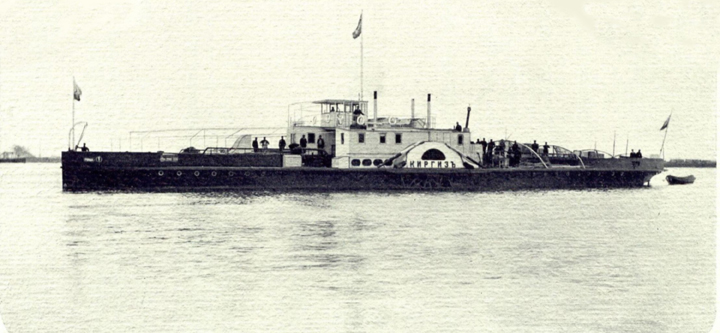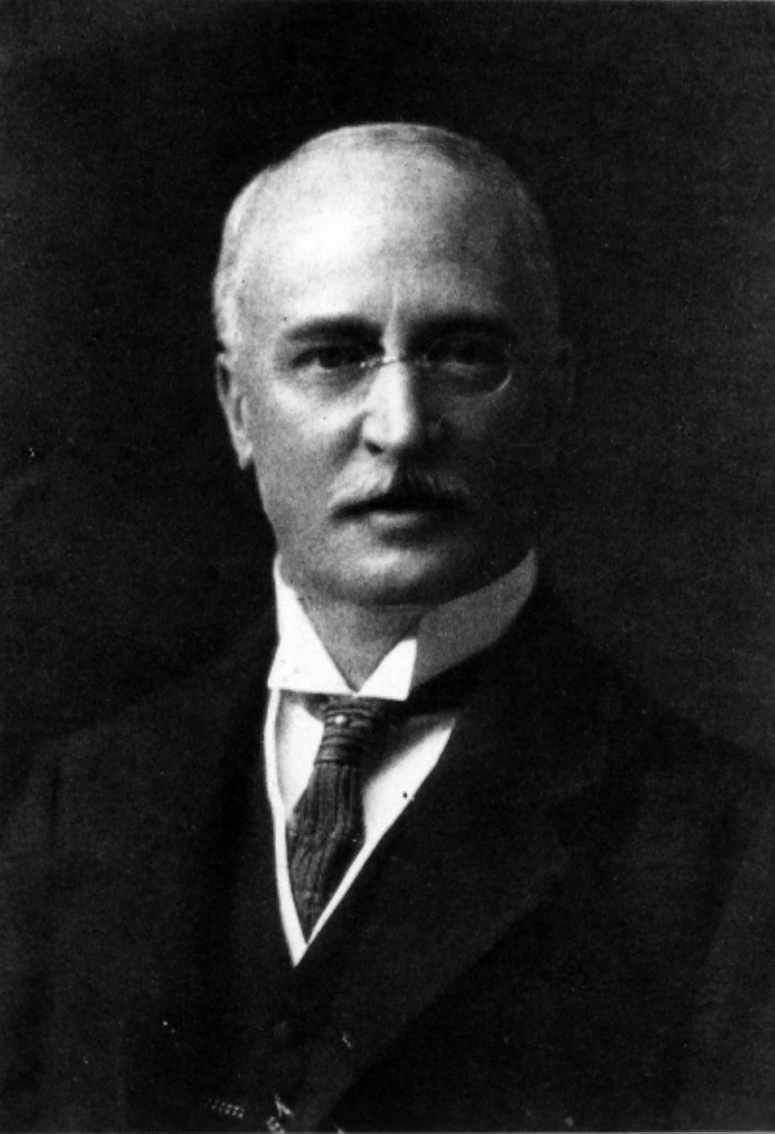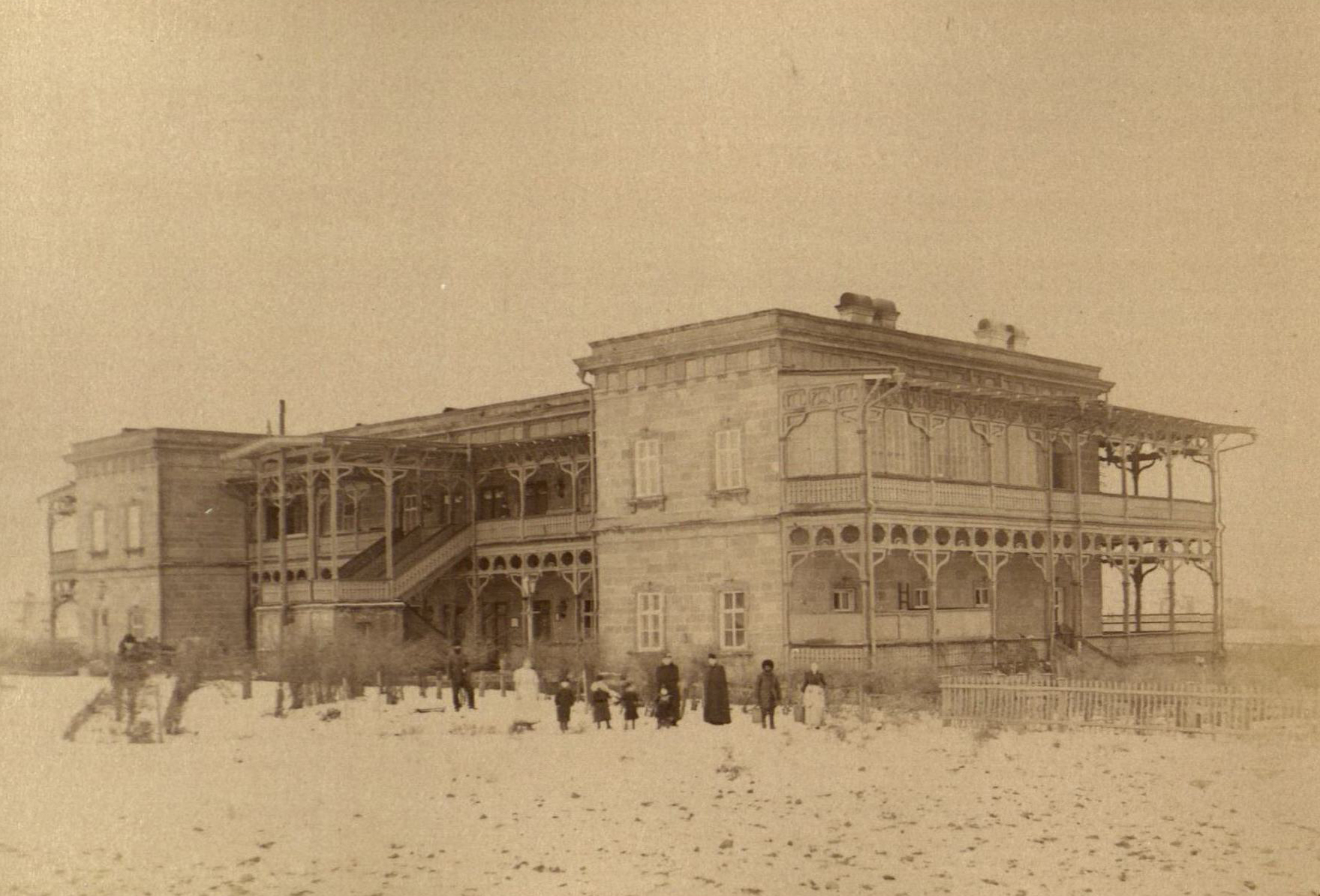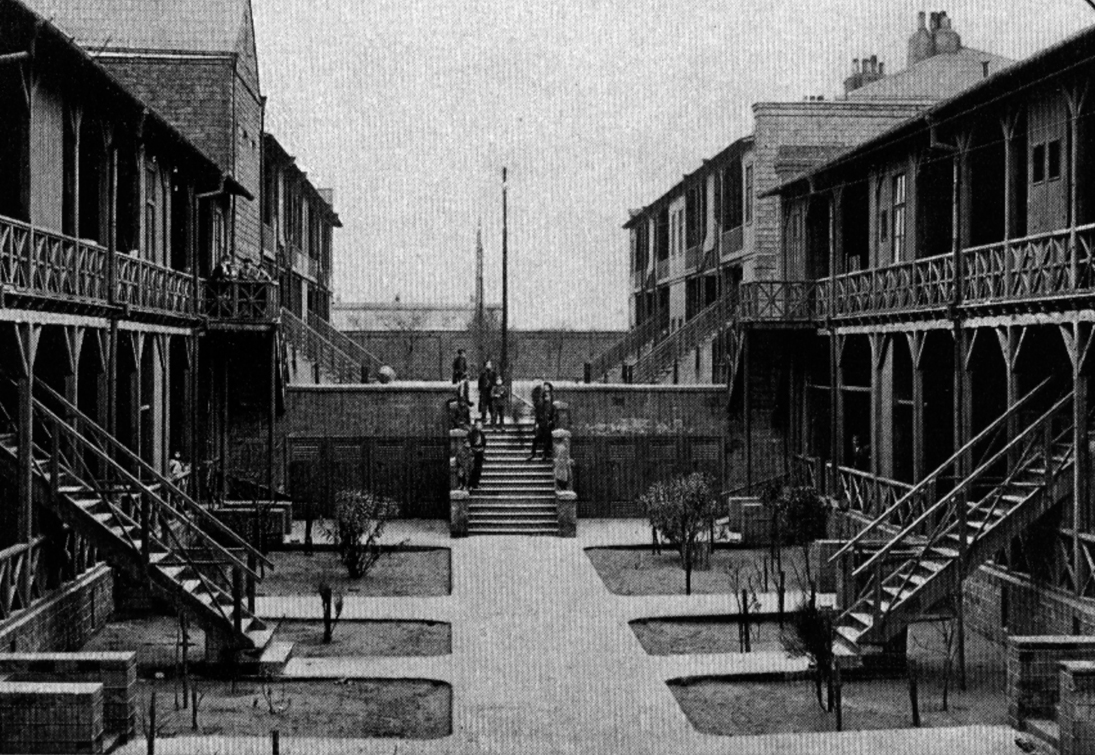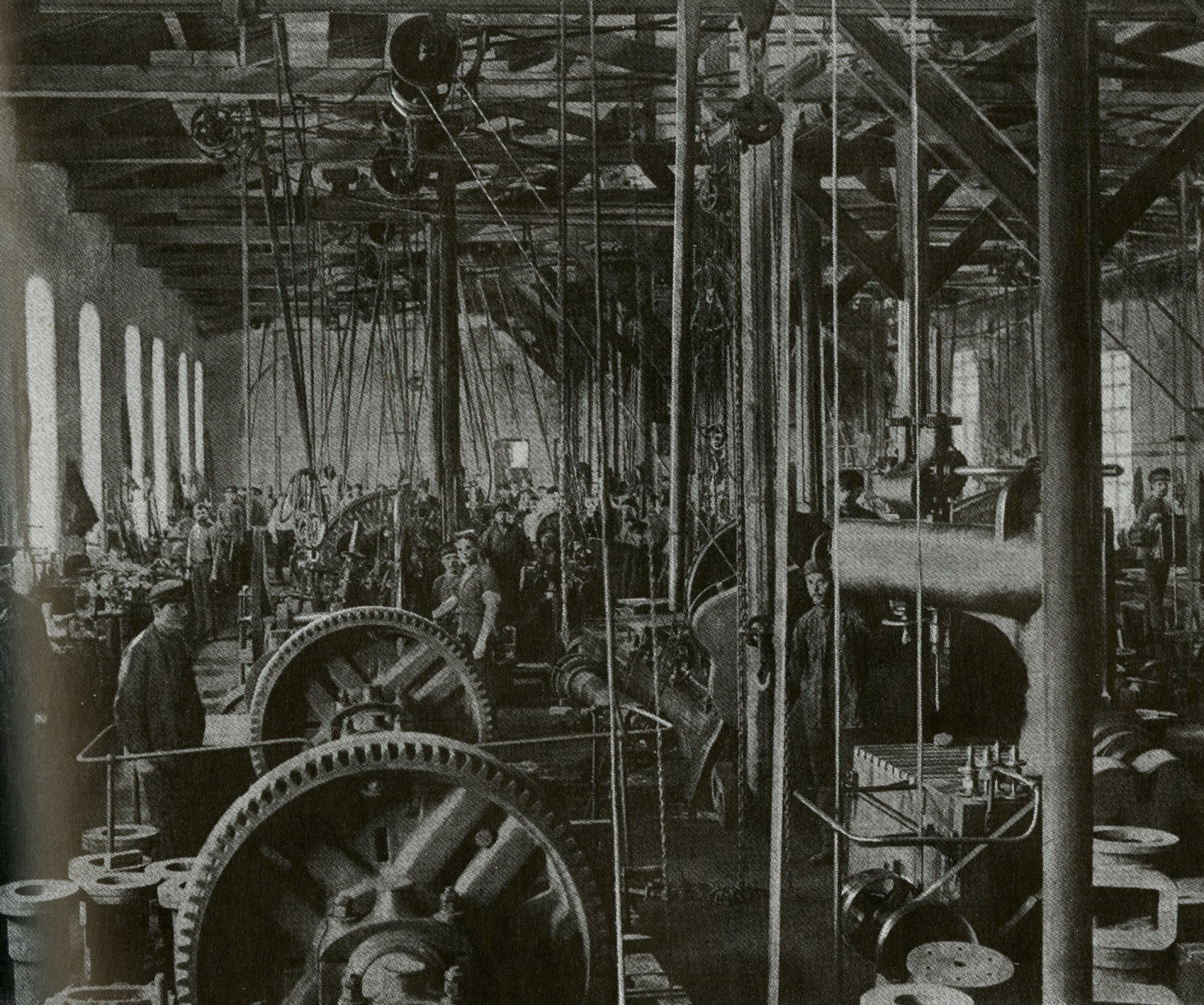In 1897, the young Swedish engineer, Anton Carlsund travels to Germany. He is employed by the Ludvig Nobel Engineering Works and is to take part in the annual meeting of German engineers. Here, he meets Rudolf Diesel and is fascinated by his invention. Back in St Petersburg, it also arouses the interest of Emanuel Nobel.
The year before his German journey, in 1896, Anton Carlsund took part in the great pan-Russian art and industrial exhibition in Nizhny-Novgorod. There, he came into close contact with Emmanuel Nobel, who became a true friend with great confidence in the young designer.
Anton Carlsund was a member of the German engineering society, Verein deutscher Ingenieure, and travelled to the society’s annual meeting in 1897 to find out more about engine manufacturing. There, he heard Rudolf Diesel tell of his invention; an engine with high compression and low fuel consumption.
Back in St Petersburg, Anton Carlsund told Emanuel Nobel about Diesel’s invention. Emanuel became interested and sought cooperation with the large engineering works in St Petersburg, the German-owned Metallfabriken. But its board felt that the invention was still too untried and turned it down. During the autumn, there were lively discussions in Germany on the possibility of working with such high compression as proposed by Diesel in practice. His ideas were subject to harsh criticism and the value of the patent was questioned because the engine did not exactly adhere to the patent specification.
Emanuel was irresolute, but returned from Stockholm at the beginning of 1898, where he had consulted with Marcus Wallenberg about Diesel’s invention. At roughly the same time, Wallenberg has been made aware of the engine through a certain Berthold Bing, a businessman in Nuremberg. Bing had acted as an intermediary in the sale of Diesel’s American patent to the owner of America’s biggest brewery.
The district judge, Marcus Wallenberg, and Emanuel Nobel entered into negotiations with Bing in February 1898 in Berlin. Emanuel Nobel paid a million marks for the Russian patent and Russische Dieselmotor Co was formed.
Rudolf Diesel then provided drawings for a redesigned and improved 20 hp engine. The engineering works began manufacturing it but the work had to be interrupted as some details were poorly designed and the engine had to be redrawn. In 1899, it was possible to start up the first diesel engine. Then they were able to note that the results were very good and that it had been worth all the bother. In other countries, however, people had encountered insurmountable difficulties and several factories gave up on their attempts to manufacture the diesel engine.
Russische Diesel’s was to prove very important for both Ludvig Nobel’s engineering works and for Branobel. The Nobel brothers’ colleague, the Russian-born Swede, Karl Wilhelm Hagelin, built river tankers fitted with diesel engines linked to the electrical generator so that the vessels could be easily manoeuvred in rapid-flowing water. Just over a decade later, around 1913, the Swedish motor engineer, Anton Carlsund designed a reversible diesel engine that was connected directly to the propeller shaft, which could then move in both directions.
In 1903, the fuel-guzzling steam engines were replaced by diesel engines and Emanuel Nobel invited the technical society in St Petersburg to a demonstration. This ended in a large evening meal with exquisite Rhine wines in the company’s newly-built clubhouse for its employees. The Nobels’ fleet of vessels grew in tandem with sales successes and, at the time prior to the revolution, was the second biggest after the Russian navy.
In Stockholm, the young Jonas Hesselman had finished his fourth year of the course for mechanical engineering students at the Royal Institute of Technology in 1899. The following year, he started at AB Bertheaus engineering works and worked on a reversible paraffin engine, a four-stroke one. In February 1900 he was employed by AB Diesels Motorer in Sickla. The district judge, Wallenberg, had bought a Swedish patent and developed a partnership with the engineering factory in St Petersburg.
(more info)
(more info)

